What is Appliqué: Easy Guide to Fabric Art And Modern Branding
Curious about the charming world of appliqué and how it creates those delightful layered designs? This guide demystifies this beautiful craft, offering a simple, clear understanding of what appliqué is, how traditional techniques bring fabric pieces to life, and its versatile uses in fashion, decor, and more.
You’ll grasp the fundamentals and also discover how modern solutions, such as those from Packlove, can achieve similarly intricate, decorative, and textured effects for your brand or creative projects. Prepare for an easy-to-follow exploration into adding unique embellishments.
1. What does appliqué mean?
So, what does appliqué mean? Appliqué is a craft where you take smaller pieces of fabric and attach them to a larger piece of fabric. You then fix these smaller fabric pieces in place, usually by sewing. This creates a picture, a pattern, or a pretty design. It’s a type of fabric overlay art.
The main idea behind appliqué is layering. Think of it like making a collage, but with fabric pieces instead of paper. You layer these pieces to form a specific shape or design element, which is sometimes called a motif (a special shape or picture). The primary purpose of this layering technique is decoration; it uses fabric to create designs that stand out. These sewn-on fabric designs add beauty and interest to many items.
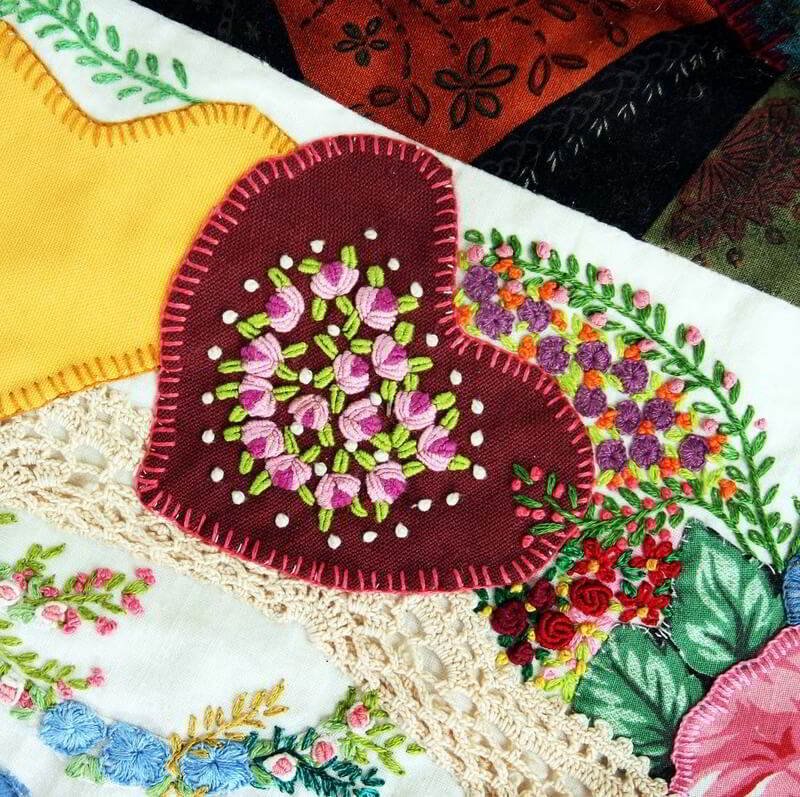
2. How is appliqué done? Common methods explained
There are several ways to do appliqué. The main goal is always the same: to attach smaller fabric shapes to a bigger background fabric. Different methods might be better for certain projects or for people with different skill levels. This section explains common appliqué techniques suitable for beginners and details how to attach fabric shapes to garments and other items.
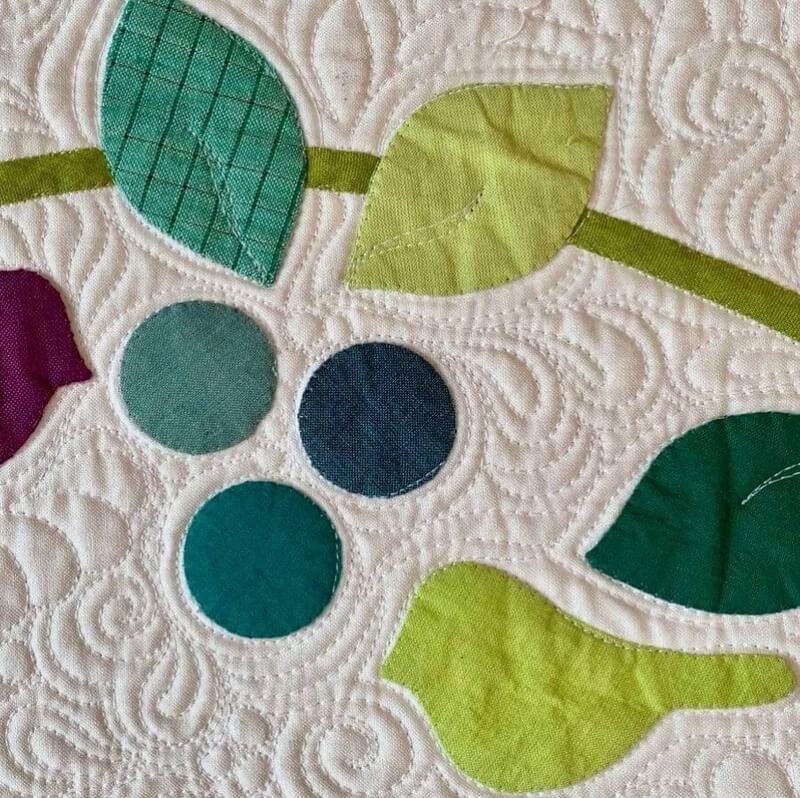
2.1 Hand appliqué
Hand appliqué is the oldest, most traditional method. You use a needle and thread to sew the fabric pieces onto the background fabric by hand. This method involves careful stitching. Common hand stitching methods include the blanket stitch. This stitch is good for going around the edge of the fabric shape and makes a nice, neat border.
Another way is to turn the very edge of the fabric shape under (fold it to the back) and use small stitches, like a whip stitch or running stitch, to hold it down. This hides the raw edge. Hand appliqué gives you a lot of control, which is great for detailed work.
It often gives items a special, handmade feel. At Packlove, we admire the skill in hand appliqué. It shows dedication to detail, much like we put into crafting our detailed woven labels.
2.2 Machine appliqué
Machine appliqué uses a sewing machine to attach the fabric pieces. This method is generally faster than hand appliqué, especially for larger projects or when you need to make many items.
In machine appliqué, common stitches include the zigzag stitch or a smooth satin stitch. A zigzag stitch goes side-to-side and can cover the raw edge of your fabric shape.
A satin stitch is like a very close, tight zigzag stitch. It makes a smooth, shiny border around your appliqué shape and fully covers the raw edge. Machine appliqué gives a neat, professional look. This method is often used for making clothes with decorative designs. The consistent stitching is similar to how our machines create precise edges on Packlove patches.
2.3 Fusible web appliqué (iron-on)
Fusible appliqué, often called iron-on appliqué, uses a special material called ‘fusible web’ for easy attachment. It’s like a thin sheet of paper with dry glue (an attachment method using adhesive) on one or both sides. The glue melts when you iron it on.
Here’s how fusible appliqué (often called iron-on appliqué) usually works:
- You iron the fusible web to the back of your appliqué fabric (the fabric for your shape).
- Then you cut out your shape.
- Next, you usually peel off a paper backing from the fusible web.
- Finally, you place your shape on the background fabric and iron the shape on. The heat makes it stick.
This is helpful as the fusible web holds your shapes in place so they don’t move around when you sew. For items that will be washed frequently, such as clothes, adding stitching around the edges after ironing is highly recommended for durability.
This makes it stronger and last longer. You can stitch by hand or machine. Beginners often find this method easier. It’s also good for complicated shapes with many small parts. This iron-on idea is similar to how some of Packlove’s patches work! Our iron-on patches also use heat to attach, but they are made to be very durable. For fusible appliqué, adding stitches is key for durability.
2.4 Raw edge appliqué
With raw edge appliqué, you don’t fold the edges of the fabric pieces under. You cut out your fabric shape and then stitch it onto the background fabric. You usually stitch close to the raw, cut edge of the shape.
Over time, especially if the item is washed, the raw edges might fray a little bit (the threads might come loose at the very edge). This fraying is often the desired look. It creates a unique style – often more casual, rustic, or even a bit shabby-chic. It adds texture.
Fabrics that don’t fray too much (like felt or tightly woven cottons) can be good for raw edge appliqué, or you can choose fabrics where fraying adds to the charm. This technique embraces a more natural, unrefined look. It’s different from the very clean edges you’d get with, say, a Packlove laser-cut woven patch, but both have their place depending on the desired style.
3. What materials are used for traditional appliqué?
To try traditional appliqué, you will need a few basic materials and tools. Starting with the right supplies, detailed below, makes the process easier and more fun.
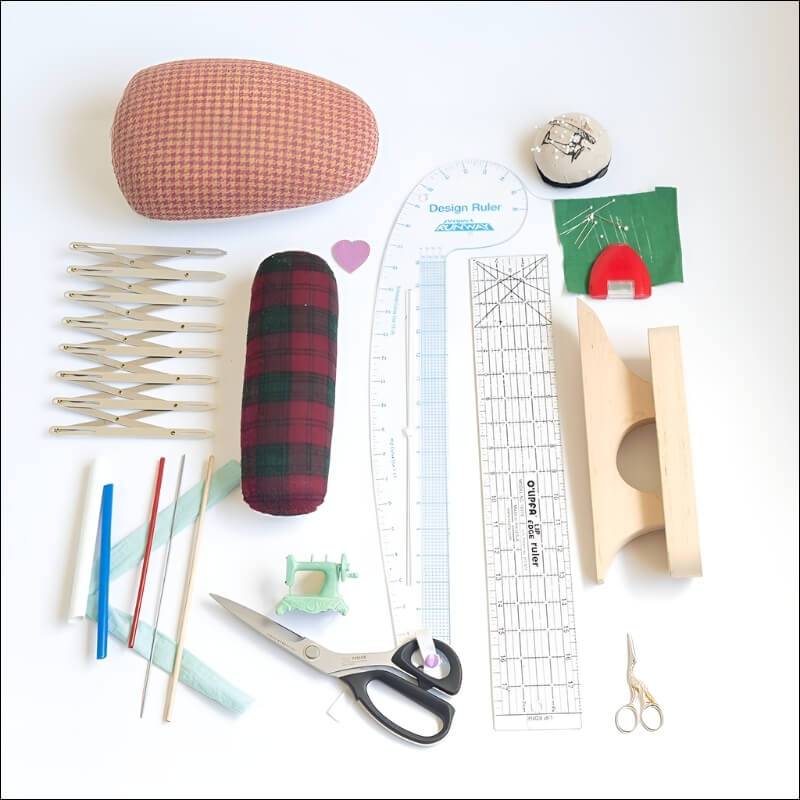
3.1 Background fabric
This is the main, larger piece of fabric that you will put your appliqué design onto. Think of it as your canvas. It should be sturdy enough to hold the appliqué pieces without puckering or stretching too much. This base material (e.g., cotton or felt for traditional appliqué) is key.
Good choices for background fabric include:
- Cotton (especially quilting cotton): easy to work with, comes in many colors and prints, strong.
- Linen: nice texture, strong, good for home items.
- Denim: very strong, good for clothes or bags.
- Felt: doesn’t fray, easy for beginners, good for wall hangings or craft projects.
Choosing the right base material is important, just like when we select durable polyesters for our Packlove woven labels or sturdy backings for our patches, ensuring they perform well on the final product.
3.2 Appliqué fabric pieces
These are the smaller fabric pieces that you will cut into shapes for your actual design (like flowers, letters, or animals). You can use many types of fabric for these pieces. Good choices for appliqué fabric pieces include:
- Cotton prints and solid colors: lots of choices, easy to cut and sew.
- Felt: great for beginners because it doesn’t fray much, easy to cut clean shapes.
- Silk or shiny fabrics: can add a special, fancy look, but might be a bit trickier to handle for beginners.
It’s fun to mix different textures and patterns in your fabric pieces. From our experience in design at Packlove, using contrasting fabrics for your fabric pieces against the background fabric makes your appliqué design really pop – similar to how good color choices make a Packlove logo patch stand out.
3.3 Thread
You will need thread for the stitching part, whether you sew by hand or by machine. The choice of thread plays a crucial role in the final design. Simple explanations of thread types:
- Cotton thread: good all-around choice, strong.
- Polyester thread: very strong, good for items that will be washed a lot.
- Embroidery floss: This is thicker thread, often made of multiple strands. It’s good if you want your stitches to be a visible part of the design, like with a blanket stitch.
You can choose thread that matches your appliqué fabric (so the stitches blend in) or a contrasting color (so the stitches stand out and add to the design). Just as the right thread color and type are important for the final look of traditional appliqué, Packlove carefully selects thread colors for its woven labels to perfectly match brand designs, ensuring every detail is right.
3.4 Other tools & supplies
Here are some essential and helpful tools for appliqué:
- Needles: You’ll need hand sewing needles if sewing by hand, or the right machine needles for your sewing machine.
- Scissors: Sharp fabric scissors are essential for cutting both background and appliqué fabrics. Small, pointed scissors are particularly helpful for neatly cutting out detailed appliqué shapes.
- Pins: Straight pins help hold your fabric pieces in place on the background fabric while you sew, so they don’t slip.
- Optional but helpful: Fusible web is useful if you are using the iron-on method. An embroidery hoop can help keep your background fabric tight and flat if you are hand stitching, making it easier to sew. Fabric marking tools, like a special fabric pencil or chalk that washes out, are good for drawing your shapes on the fabric before cutting or for marking where to place them.
From our experience at Packlove producing detailed custom items, having the right tools makes a big difference in quality and ease. For example, precision cutting is key for our custom shaped patches, just like sharp, small scissors are for detailed appliqué.
4. Where do you see appliqué used?
Appliqué is a very versatile craft. You can find it on many different items, from things for the home to clothes and accessories. It’s a wonderful way to add personality, color, and texture. Below are some common applications to inspire you. Appliqué is a beautiful textile craft.
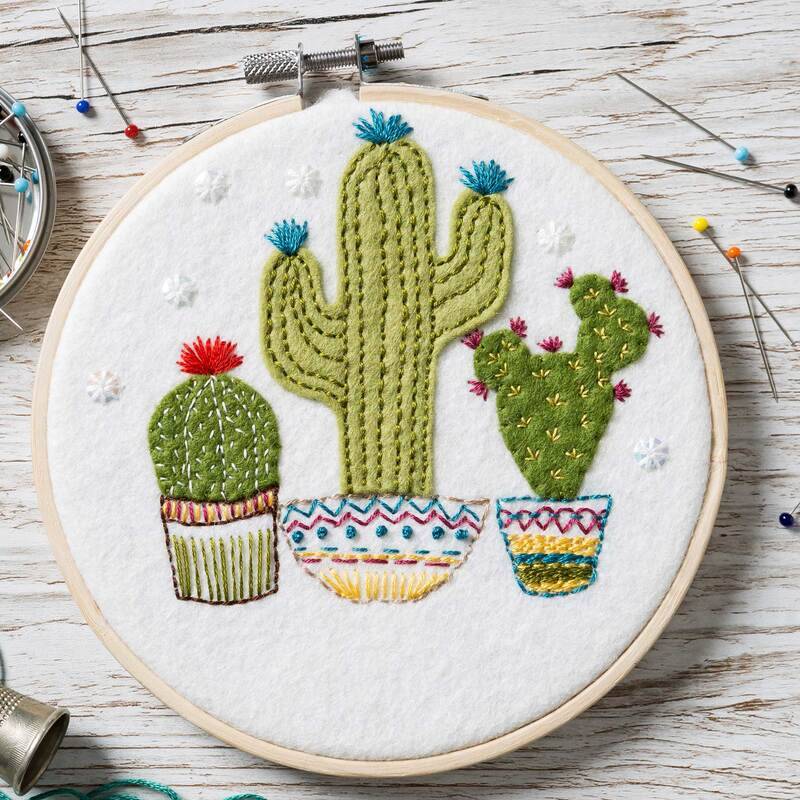
4.1 Quilts and home decor
Appliqué is prominent in quilt making, where it is used to create beautiful pictures, patterns, and story quilts. From traditional heirlooms to modern art quilts, this technique transforms them into true fabric art forms.
It’s also used to decorate many things for your home, such as:
- Cushion covers (pillows)
- Wall hangings (fabric art for walls)
- Placemats (for the dining table)
- Table runners
Appliqué adds a lovely handmade, textile craft touch to these items, making homes feel cozy and personal. The way appliqué adds unique character to home decor is similar to how a custom Packlove label or tag can elevate a handmade product, giving it a special, branded touch.
4.2 Clothing and fashion
Appliqué is widely used to decorate clothing for all ages. It’s a popular way for custom apparel decoration. You’ll often see it on:
- Children’s clothes: cute animals, letters, or fun shapes on t-shirts, dresses, and bodysuits (often called onesies).
- T-shirts and sweatshirts: logos, band names, or cool graphic designs.
- Jeans and jackets: Patches or designs added to pockets, backs, or sleeves for a unique look. This is a great way to explore DIY clothing customization ideas.
Appliqué is a type of embellishment – meaning it adds decoration. Even high fashion designers sometimes use appliqué for special, detailed textile embellishment techniques on unique garments. Many brands use appliqué-style decorations for logos.
At Packlove, our custom patches – like woven or rubber patches – offer a durable and professional way to get this custom apparel decoration look for clothing brands, making it easy to apply logos to many garments.
4.3 Accessories and crafts
You will also find appliqué on many kinds of accessories and craft projects. This is another area where you can see examples of appliqué on clothing or products (broadly including accessories).
Examples include:
- Tote bags and handbags
- Small pouches or makeup bags
- Banners and flags (for decoration or events)
- Holiday decorations (like Christmas stockings or tree ornaments)
Appliqué is great for personalizing these items or for making handmade gifts special. Adding a small appliquéd detail can make an accessory unique. Similarly, a custom Packlove tag or a small branded patch can add a professional and personal touch to handmade accessories or craft items that people sell.
5. Appliqué for branding: A traditional approach
Some businesses use traditional appliqué methods to create a specific brand image. This often makes the brand feel handcrafted, high-quality, unique, or boutique. For example, a small coffee shop might have aprons with their logo carefully appliquéd by hand.
Or, a high-end children’s clothing brand might use detailed appliqué for special characters on their garments. These branding elements for clothing can make a product feel very special.
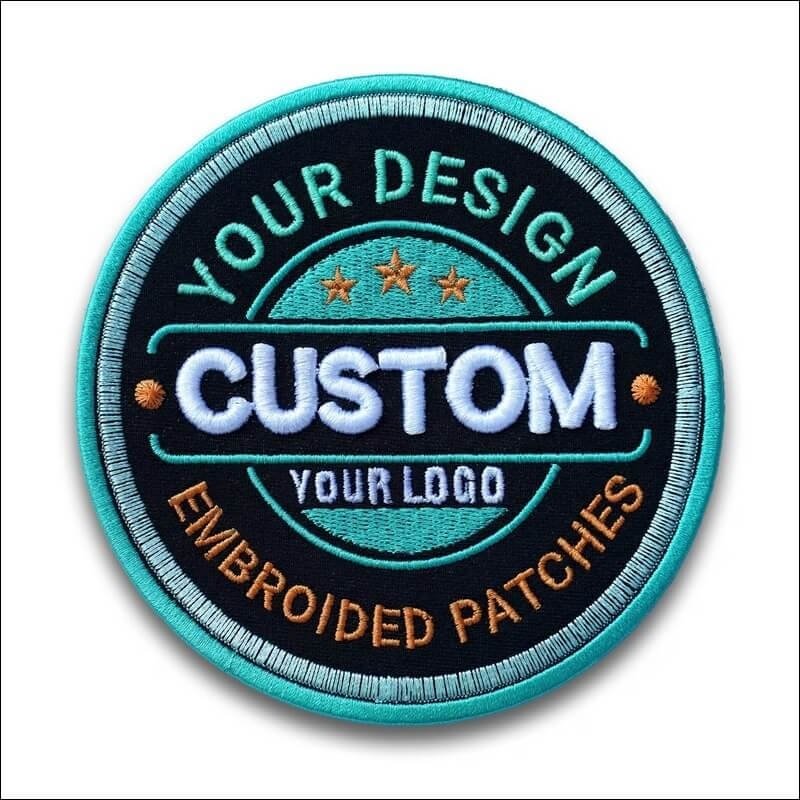
This traditional approach can make branding elements for clothing or products feel very special, tactile (nice to touch), and memorable. It can show care and craftsmanship. Indeed, some clothing brands use appliqué for unique designs to achieve this handcrafted, high-quality feel. However, there are challenges, especially for making many items:
- Time-consuming: traditional appliqué, especially if done by hand or with complex machine work, takes a lot of time for each item.
- Costly: because it takes a lot of time and skill, it can be expensive to produce many items with traditional appliqué. The cost per item can be high.
- Consistency issues: if many different people are making the appliqué, or even if one person makes many, it can be hard to make every single one look exactly the same. For brands, having a consistent look for their logo is very important.
At Packlove, we work with many businesses. We understand that for branding, you need solutions that look great but are also efficient and consistent. While traditional appliqué is beautiful for clothing brands that use appliqué for unique designs on a small scale, it’s often not practical for larger orders.
If you need hundreds or thousands of items to look identical and be produced cost-effectively, traditional appliqué can be difficult. This sets up the need for modern alternatives.
6. Modern alternatives: Achieving the appliqué look with Packlove
Do you love the special, layered look of appliqué, but need something that’s easier to use for many items, or for your brand? Packlove has great news! Our custom patches and labels can give you that wonderful appliqué style in a modern way.
If you’re looking for alternatives to traditional appliqué for logos, consider using appliqué style patches for branding. Packlove custom patches provide decorative embellishments that are perfect for modern brands.

The benefits of Packlove alternatives generally include:
- easier and faster to produce in large quantities.
- consistent quality (every patch/label looks the same).
- a wide range of material choices for different looks and needs.
- very durable for various applications (washing, outdoor use, etc.).
Packlove offers custom shaped patches that provide appliqué-like visual effects. We also provide Packlove’s design support for creating intricate patch or label designs. Our durable materials for Packlove patches suitable for various garments, similar to appliqué, mean your branding will last.
Plus, we have options for both sew-on and iron-on Packlove patches, versatile like appliqué methods. You can discover ways to achieve appliqué-like effects for branding (leading to patches/labels) with our solutions.
6.1 Packlove’s woven labels & patches
Our woven labels and woven patches (as related decorative elements) are made by weaving threads together very tightly. Your design or logo is actually part of the fabric of the patch itself. They are not printed. We can make them in almost any shape you want (custom shaped labels and patches!).
This means they can look like carefully cut-out appliqué pieces. Our ability to create custom shapes makes these patches a popular choice for achieving appliqué-like visual effects.
Appliqué-like features include:
- Texture: The woven threads give them a beautiful, detailed texture, much like fine needlework.
- Defined edges: They have clean, sharp edges. Custom shapes look like precisely cut fabric pieces.
- Layered look (implied): Because the design is woven in, it can have a sense of depth and detail, similar to layered fabric.
You can choose to sew-on these patches, or we can add an iron-on backing to make them easy to apply with heat. They are ideal for brand logos on all kinds of clothes (like inside neck labels or as patches on the outside of shirts, jackets, and hats), bags, and other fabric products. Our woven patch application for garment branding (mimicking appliqué) gives a very professional, high-quality look.
These are usually made from high-quality polyester threads (a base material like polyester for patches) that are durable and hold color well. At Packlove, our woven patches can capture very fine details in your logo, creating a sophisticated look. Fashion brands often choose them because they look and feel premium.
6.2 Packlove’s rubber labels (PVC/silicone patches)
Our rubber labels are modern and flexible. They are made from soft, rubber-like materials. A really cool thing about these patches is that your design can be made with a 3D, raised effect (dimensionality which can be flat or raised). This means parts of your logo or design can stand up from the patch.
Appliqué-like features include:
- Layered look: The 3D effect can look like multiple thick layers of fabric. The 3D texture feature of rubber labels is very eye-catching as an alternative to layered appliqué.
- Custom shapes: Just like our woven patches, these can be molded into very detailed and custom shaped labels or patches.
- Multi-layered designs: We can even create multi-layered patch designs mimicking appliqué within the rubber patch itself, using different levels and colors.
These are usually made to be sew-on for a strong attachment, especially on items that need to be very durable. They are ideal for outdoor clothing (like jackets and ski wear), sportswear, backpacks, hats, workwear, and any brand that wants a modern, bold, and noticeable patch.
They are very strong, waterproof, and easy to clean. Packlove can create rubber labels with amazing 3D puff elements in appliqué-style patches, making your brand logo really stand out. They are perfect for brands that want a modern, tactile feel.
6.3 Packlove’s heat transfer labels (HTL)
Packlove’s heat transfer labels (HTLs) offer an exceptionally smooth method for applying designs to fabric. Your design is first printed onto a special clear film. Then, using heat (from a heat press machine or sometimes an iron for certain types), the design is transferred from the film directly onto the fabric. It becomes like a part of the fabric itself. This heat transfer label method provides iron-on decoration that is very neat.
Appliqué-like features include:
- Flat “applied” look: HTLs create a very flat, smooth ‘applied’ design on the fabric. It’s like having a very, very thin piece of appliqué that sits perfectly flat against the garment, with no raised edges.
- Detailed graphics: They are great for heat transfer designs (for smooth layered looks) that have lots of colors or fine details, like photos or complex graphics, which can be hard to do with traditional appliqué.
HTLs are ideal for t-shirts (for brand logos, graphic designs, or care information), sports clothes (because they can stretch with the fabric), kids’ clothes, and especially for ‘tagless’ neck labels that are comfortable and don’t scratch.
They are very soft and flexible, so you barely feel them on the fabric. Packlove offers different kinds of HTLs. Some are extra stretchy for athletic wear, and some are super vibrant for colorful logos. Many brands choose HTLs for t-shirts because they are so comfortable and can show really detailed designs.
7. Appliqué vs. embroidery vs. patches: Key differences
People sometimes get appliqué, embroidery, and patches mixed up because they are all ways to decorate fabric. Here’s a simple way to tell them apart and compare appliqué with other decorative techniques:
- Appliqué: This is when you take separate pieces of fabric, cut them into shapes, and then attach them (usually by sewing) onto a larger piece of fabric to make a design. Think: fabric shapes on top of fabric.
- Embroidery: This uses thread and different kinds of stitches to create a design directly on the fabric. The thread itself makes the picture or pattern. Think: designs made only with thread. You might wonder about the difference between appliqué and embroidery on garments; appliqué uses fabric layers, while embroidery uses stitches.
- Patches (like Packlove’s): These are items made separately first – like little badges or emblems. The design (which could look like appliqué or embroidery, or be printed, woven, or rubber) is created on the patch. Then, you attach the whole patch to your garment or item, usually by sewing it on or ironing it on. Think: a ready-made badge you add on. Embroidered patches (as related decorative elements) also exist, but Packlove specializes in woven, rubber, and heat transfer labels and patches that offer distinct advantages.
8. Tips for designing appliqué
Whether you’re planning a traditional appliqué project or designing a custom patch with Packlove that has an appliqué feel, here are some simple tips to help your design look great:
- Simple or complex shapes: For traditional appliqué, especially if you are a beginner, starting with simpler shapes (like circles, squares, hearts) is easier to cut and sew. With Packlove patches, like our woven or rubber patches, much more design complexity is possible! Our machines can create very detailed and intricate shapes. Packlove’s design support for creating intricate patch or label designs means we can help you if you have a complex idea.
- Color contrast: Make sure the colors of your appliqué pieces or your patch design stand out from the background fabric they will go on. Good contrast makes your design easy to see and more impactful. For example, a light-colored patch on a dark shirt, or bright fabric pieces on a plain background.
- Edges (finishing): For traditional appliqué, think about how you want the edges to look. You can have raw edges (which might fray a bit for a rustic look), neat turned-under edges, or cover the edges with a decorative stitch like a satin stitch. For Packlove patches, the edge is part of how the patch is made. Woven patches can have a neat stitched border (called a ‘merrowed’ border for some shapes) or a clean heat-cut edge. Rubber patches have a smooth, molded edge. We help you choose the best edge for your design.
- Match your brand (for branding): If you’re creating a patch for your business, think about your brand’s personality. Does your brand feel fun, serious, modern, or traditional? Your patch design, the material you choose (e.g., a rustic-looking woven patch versus a sleek, modern rubber patch), and the colors should all match your brand’s style.
- Consider texture: A key advantage of appliqué is the ability to create textured designs on apparel due to its layered nature. Packlove patches can also give you great texture – think of the feel of a woven patch or the 3D effect of a rubber patch.
- Packlove design support: Remember, if you’re designing a patch with Packlove and you’re not sure about something, our team is here to help! We have experience making all sorts of designs and can give you advice.
9. Caring for items with appliqué or applied patches
To keep your items with appliqué or applied patches looking good for a long time, here are some simple care tips:
- Gentle washing: It’s usually best to wash clothes or items with appliqué or patches gently. If possible, turn the item inside out before washing. Use cold water and a mild soap (gentle detergent).
- Avoid high heat on some types: Be careful with high heat from an iron directly on certain types of patches, like Packlove’s rubber/PVC patches or some kinds of heat transfer labels, as it could damage them. If you need to iron the garment, it’s safer to iron on the reverse side (the back of the fabric) or put a thin cloth (like a tea towel, called a pressing cloth) over the patch before ironing gently.
- Drying: Air drying (hanging the item to dry or laying it flat) is often the best way to help the appliqué or patch last longer and prevent too much wear from a machine dryer.
- Check instructions: Always check any special care instructions that come with your Packlove products or on the label of the garment they are attached to. Choosing materials for decorative garment elements also means thinking about how they will need to be cared for later.
10. Frequently asked questions (FAQ) about appliqué
10.1 Is appliqué difficult for beginners?
Not always! If you start with simple shapes (like circles or squares) and try the fusible appliqué method (where you iron-on the shapes first), it can be quite manageable. Using fabrics like felt is also ideal for beginners as it doesn’t fray, keeping edges neat. You can find many simple guides for understanding appliqué techniques for beginners online too.
10.2 What is the best fabric for appliqué?
For beginners, 100% cotton fabrics (like the kind used for quilts) and felt are often the best. Cotton is easy to cut and sew, and comes in many colors and prints. Felt is great because its edges don’t fray, making it easy to handle.
10.3 Can I use appliqué on stretchy fabrics?
Yes, you can, but it can be a little trickier than with non-stretchy fabrics. It’s a good idea to use something called a ‘stabilizer’ on the back of the stretchy fabric. This is a special material that helps keep the fabric from stretching too much while you sew. Also, using a stitch on your sewing machine that can stretch a little, like a narrow zigzag stitch, is helpful.
10.4 How can my business get an appliqué look without doing all the sewing ourselves?
That’s exactly where Packlove can help! We create custom patches and labels – like our Woven Patches, Rubber Labels, or Heat Transfer Labels – that can be designed to have a wonderful appliqué-like style. You give us your design, and we make the patches for you.
Then, they come ready to be easily attached to your products (either by sewing or ironing, depending on the type you choose). This approach is significantly faster and ensures greater consistency for businesses requiring large quantities. Check out Packlove’s custom branding solutions here!
10.5 What’s the main difference between doing appliqué and using a patch?
The main difference is: Appliqué is the actual process of cutting out fabric pieces and then sewing them onto another piece of fabric to create a design. A patch (like the ones from Packlove) is a finished item – like a little badge or an emblem – that is made separately.
You then attach this whole finished patch onto your garment or product. So, a patch can be designed to look like appliqué, giving you that style without you having to do the step-by-step appliqué process yourself.
Explore more:
As we’ve seen, appliqué is a wonderful and very old way to decorate fabric. It adds lovely texture, bright color, and a lot of personality to clothes, home items, and crafts. It’s a craft with a long history and a lot of charm.
For today’s busy world, especially for brands or anyone needing many items, Packlove offers fantastic modern ways to get that beautiful appliqué style.
Our custom Woven Patches, Rubber Labels, and Heat Transfer Labels can give you a similar layered, decorative, and textured look with more ease, great durability, and lots of design options.
Understanding appliqué helps in choosing branding elements that are right for your project, and Packlove can help you bring those elements to life. So, even if you’re not a textile artist creating handcrafted appliqué, you can still achieve a beautiful, eye-catching, layered look for your products or creative projects with Packlove’s solutions.
Ready to add a unique, decorative touch to your apparel, accessories, or products? Explore Packlove’s custom branding solutions today and let’s create something amazing together!
Have an idea or need some advice? Contact our friendly Packlove team – we’re here to help you design the perfect patches or labels!






















